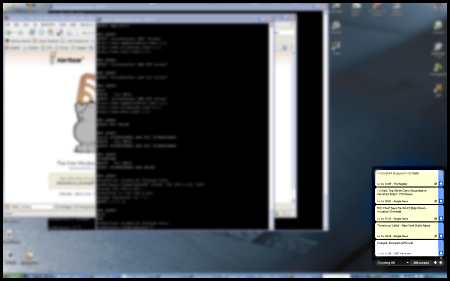Webmin wasn’t able to start bind, reporting that named issued this warning: “Starting named: Error in named configuration: none:0: open: /etc/named.conf: permission denied”
The problem was a permission problem, but not where I’d naturally go looking.
Recently I was asked to look into a problem involving BIND. DNS was not able to start via webmin, nor via /etc/rc.d/init, but named could could be manually started as root. While that works in the short run, that doesn’t solve the problem of the system surviving a reboot cleanly.
The only error named was reporting was:
Starting named: Error in named configuration: none:0: open: /etc/named.conf: permission denied
Obviously, this looks like a permission problem.
Normally, the trick, to solving it involves running named as root and looking at the error messages.
# named -g -u named
Problem is, as root, that worked. Not what I expected.
However, I found the problem and have a fix.
Bind used to run with the setuid bit, making it privileged, however in these security concious days, named now sheds its permissions. Even better, it is locked into a limited portion of the directory via chroot. That should be a big clue.
In FC4 and FC5, you’ll noted that /etc/named.conf is actually a symbolic link. It points into /var/named/chroot, where the process is jailed. In that directory you’ll find an a named, etc, and var directory. The etc directory mimcs all the needed files from /etc. The named directory has all the zone files. And the var directory has the pid and log files.
If named can’t run due to a permission problem, one should be looking under /var/named/chroot — which is how the process will see the world, not from /, like you do.
In my case, someone had run named as root, and that was enough to create a slave file in /var/named/chroot/var/named/slaves with an owner and group of root. Because the named process when running normally did not have permissions to replace this file with an update, named failed with a permission problem. I removed the file and was instantly able to start named from webmin as normal.
So there’s the trick. Look around in /var/named/chroot/var, /var/named/chroot/etc, and /var/named/chroot/named (and their subdirectories) and make sure all the things are readable to the named user, and the stuff that’s writable has the right owner, group, and permissions.
REMEMBER: when a config file says /etc or /var, it’s from the perspective of the chroot’d process — therefore you need to look where the process has been jailed to in the filesystem, and not what the path name looks like.

